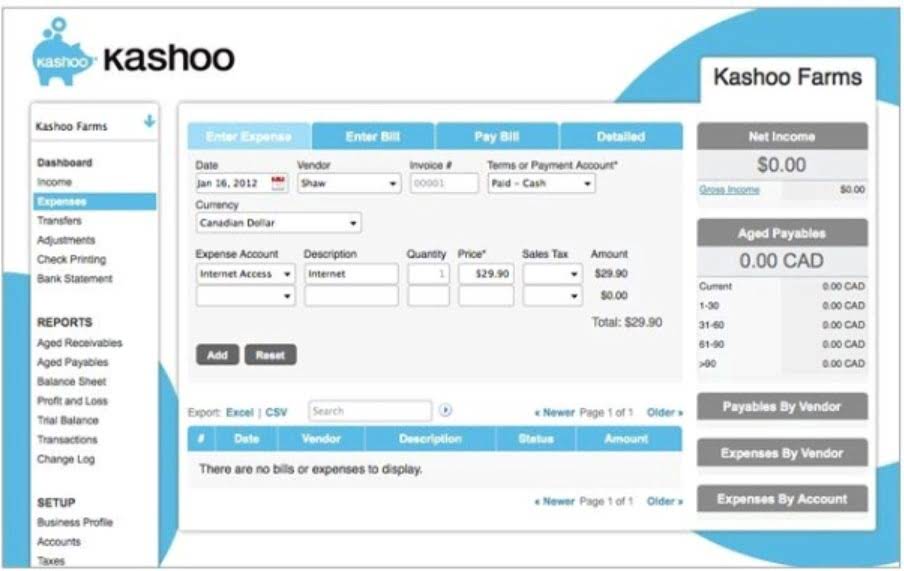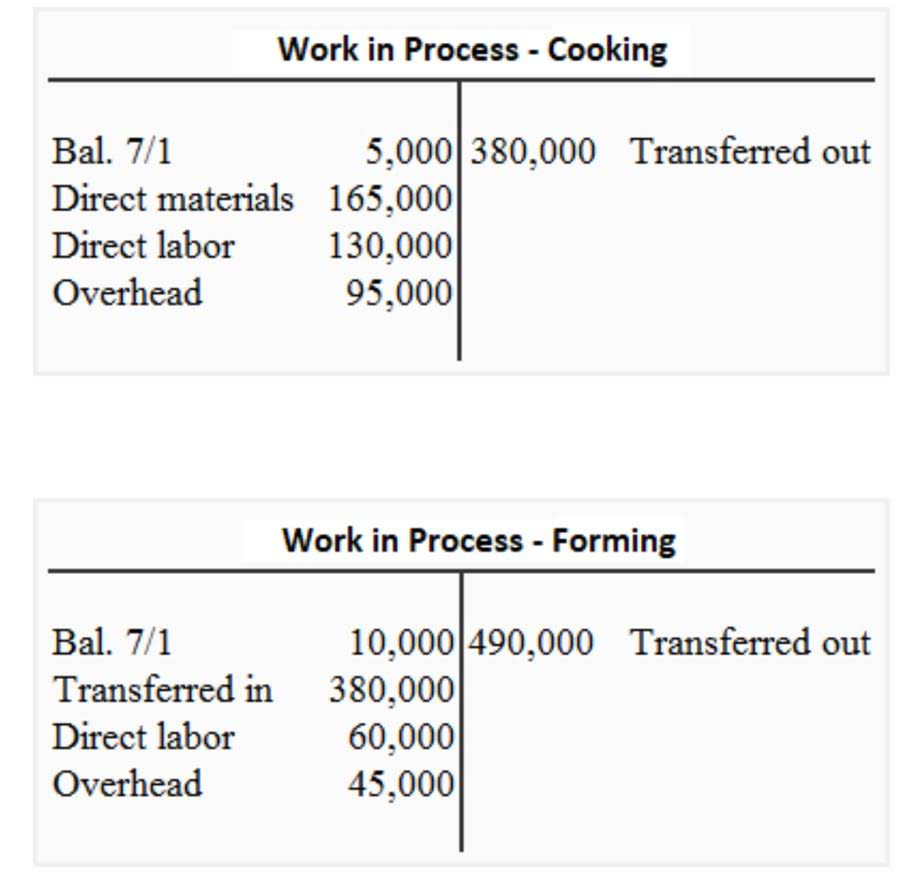What is Accounts Receivable Factoring? Is it Right For Me?

Unlike a traditional bank loan, accounts receivable factoring companies do not offer a fixed credit line. Instead, your access to immediate working capital how does accounts receivable factoring work increases as your increased sales. It’s essential to understand that this financing solution isn’t only for businesses experiencing financial shortfalls.

“You need your cash flow to be regular so you can pay yourself, your employees, and keep your doors open,” she adds. Companies record accounts receivable as assets on their balance sheets because there is a legal obligation for the customer to pay the debt. They are considered liquid assets because they can be used as collateral to secure a loan to help meet short-term obligations. Recourse factoring means your company is liable if your customers default on their invoices. In non-recourse factoring, you don’t have to pay if your customers default due to specific reasons such as bankruptcy. Non-recourse factoring is more expensive, but the added protection might make it worth it.
How much does invoice factoring cost?
In most transactions, the factoring company advances % of the factored amount the day the invoice is submitted. Traditional loans and lines of credit can be used for any number of reasons, such as paying suppliers, purchasing a storefront, and stocking inventory, to help your business remain successful. Factoring, on the other hand, only solves the problem of limited cash flow due to slow-paying clients.
10% of receivables outstanding days will be uncollectible, totaling $10,000. We estimate that 5% of receivables outstanding 0-30 days will be uncollectible, totaling $12,500. To truly optimize accounts receivable management, businesses should consider incorporating core practices into their business operations. This involves not only setting targets but also implementing measures to achieve them efficiently. Get paid on time by making it a cinch for your customers to submit payments online or in person.
Step 1: Submission of Invoices
While we strive to provide a wide range of offers, Bankrate does not include information about every financial or credit product or service. Companies can use the money from invoice factoring for whatever they need. Once the client pays the invoice, the invoice factoring company will take out their fees and interest and then pay the company any remaining funds they are owed. Instead, you’re selling your outstanding invoices to a third party, usually a factoring company, at a discount. By purchasing accounts receivable from businesses with strong credit ratings and reliable customers, finance companies can reduce exposure to bad debt. AR factoring also enables companies to be in more control during the loan process compared to bank lending.
- Bookkeeping is complex, but the accounts receivable definition isn’t.
- There are several important factors to consider when looking for a factoring company.
- Keep in mind that account receivables factoring companies won’t typically work with B2C companies.
- Although spot factoring provides consumers with greater flexibility, it is also more expensive than traditional factoring.
- When you sign on to work with a factoring company, they pay you for the invoice and take on the responsibility of collecting payment from the client.
- Factoring invoices only works when your customers pay their invoices on time and in full.
Accounts receivable factoring is the sale of unpaid invoices, whereas accounts receivable financing, or invoice financing, uses unpaid invoices as collateral. Business owners receive financing based on the value of their accounts receivable. Because AR Factoring is a unique financial product, you will be working with a unique financial company. Banks are typically highly risk-averse so they don’t like to offer financing to businesses they deem “risky” like construction, trucking, or staffing. This is where Accounts Receivable factoring companies take up the slack.
It costs more than traditional lines of credit
In other cases, businesses routinely offer all of their clients the ability to pay after receiving the service. In some ways, the factoring company acts as your accounts receivable back office. Most factoring companies follow up with your customers to collect payment and issue the remaining balance once the customer pays.
Let’s assume you are Company A, which sends an invoice of $10,000 to a customer that is due in six months. You decide to factor this invoice through Mr. X, who offers an advance rate of 80% and charges a 10% fee on the amount advanced. The factoring company retains the remaining percentage (usually 8-10% of the total invoice value) as security until the payment is made by the customer. This amount serves as a deposit and is held by the factoring company. Based on these factors, the factoring company determines the discounted rate at which they purchase your receivables. This rate can range from as high as 4% to as low as 1%, depending on the specific conditions mentioned above.




